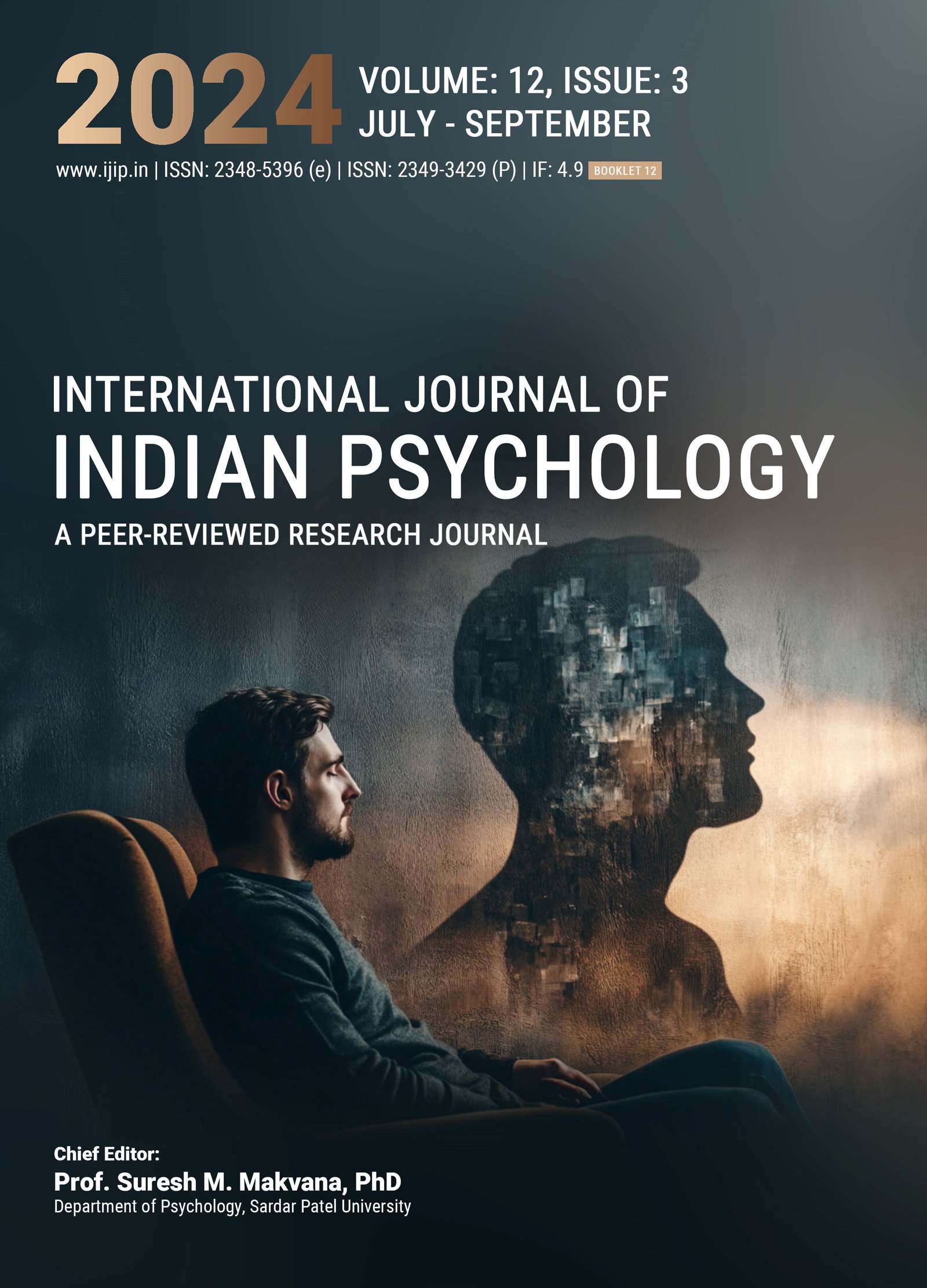Protecting Minds in the Digital Age: A Review Based Study on Psychological Impact of Cybercrime
DOI:
https://doi.org/10.25215/1203.220Keywords:
Cybercrime, Digital age, Psychological ImpactAbstract
The world is undergoing a technological upheaval in the current times. This rapid advancement and widespread digital integration are leading to an increase in cybercrime by creating new vulnerabilities and opportunities for exploitation. The complexity of modern technology often outpaces security measures, leaving gaps that malicious actors can exploit resulting in increased cyber related crimes. Given the current scenario, there is a chance that this risk will increase over the next few decades disrupting people’s psychological and emotional wellbeing. The purpose of the present study is to firstly, identify the prevalence of cybercrime and how does it psychologically impact its victims and secondly, understand various coping strategies that can be used to combat this digital threat. To achieve the objectives of the current study, a number of relevant research articles and books were studied with the help of electronic search engines like, Google Scholar, Springer & Academia which gave insight into the definitions and nature of cybercrime including its major risk factors and psychological impact on victims. The findings of the review point an arrow towards a negative impact of cybercrime on emotional wellbeing. Loss of trust, Post Traumatic Stress Disorder (PTSD), increased frustration and aggression and suicidal ideation were found common among victims of cybercrime. Victims can deal with this worldwide threat by adopting a variety of preventative steps, such as strengthening cyber security, ongoing education, and by using effective problem-solving coping techniques.Metrics
No metrics found.
Published
2024-09-30
How to Cite
Prof. Rashmi Pant, & Uma Chaubey. (2024). Protecting Minds in the Digital Age: A Review Based Study on Psychological Impact of Cybercrime. International Journal of Indian Psychȯlogy, 12(3). https://doi.org/10.25215/1203.220
Issue
Section
Articles


